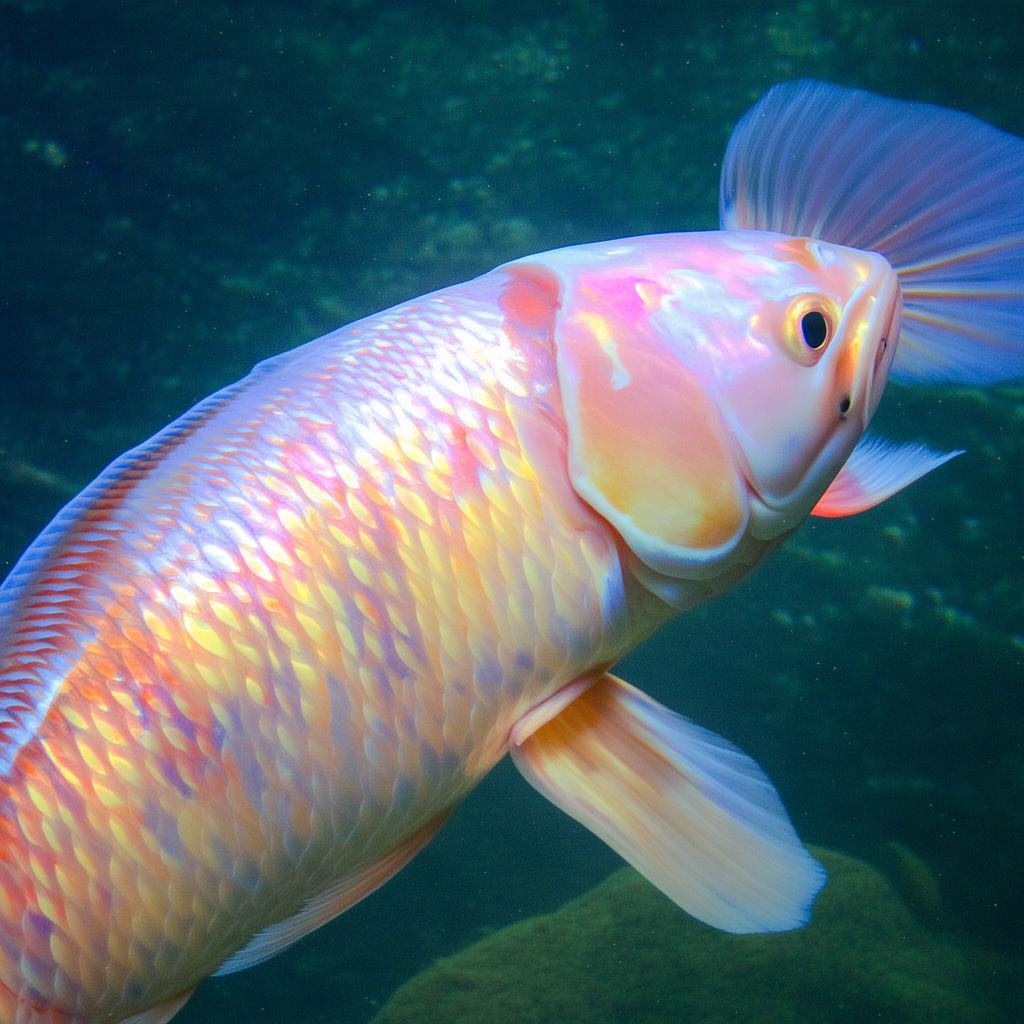Hey there, fellow pet lovers! I'm thrilled to share some valuable insights into pet care with you, specifically focusing on a fascinating creature like the Axolotl, also known as the waterwitch. These salamanders are not only captivating in their unique appearance but also come with their own set of care requirements. Whether you're planning to keep one as a house pet or exploring its role in wildlife conservation, understanding their needs will ensure a happy and healthy life for your furry friend.

In this guide, we'll dive into the essential aspects of Axolotl care, from feeding and housing to socialization and health monitoring. Let's start with the basics: feeding. Axolotls are omnivores, which means they can eat both plant-based and animal-based foods. For a balanced diet, mix in small amounts of cooked vegetables, fruits, and frozen peas. Always provide fresh water to keep them well-hydrated.
When it comes to housing, axolotls require a spacious tank with a secure lid to prevent escape and accidental drowning. The tank should be filled with water and a mixture of sand and pebbles for them to explore. It's also crucial to maintain a temperature gradient in the tank to mimic their natural habitat. A suitable temperature range is 70-80°F (21-27°C) for them to thrive.
Socialization is key for axolotls to become well-adjusted pets. Spend time near their habitat, speak softly, and avoid sudden loud noises. This helps them feel comfortable and can reduce stress over time. Regular tank cleaning is essential to keep the environment fresh and free from bacteria, which can be harmful to your pet.
Monitoring their health is equally important. Keep an eye on their behavior and appetite, as changes can indicate health issues. If you notice any unusual signs, such as lethargy, weight loss, or difficulty breathing, contact your vet immediately. Regular check-ups are advisable to keep your Axolotl in top shape.
Here's a personal story to share: I once had the pleasure of keeping an Axolotl as a house pet for a few years. They were a bit of a handful at first, but with patience and love, they grew on me. One of the most memorable moments was watching them transform during their metamorphosis, a process known as molting. It was fascinating to see them grow bigger and more vibrant, a testament to their resilience and adaptability.
In conclusion, caring for an Axolotl requires dedication, understanding, and a willingness to learn. By following these guidelines and being attentive to their needs, you can create a loving and nurturing environment for your aquatic friend. Happy caring!
内容《无须鱊》可能来自AI生成或网友投稿,不代表全量百科立场。

